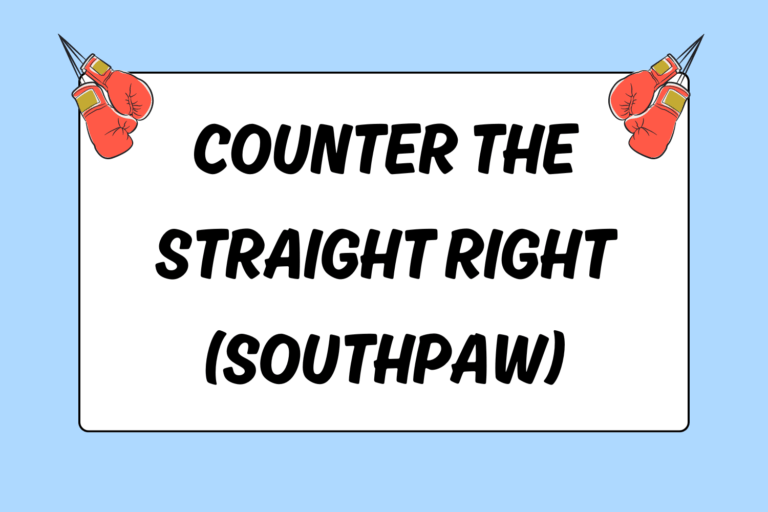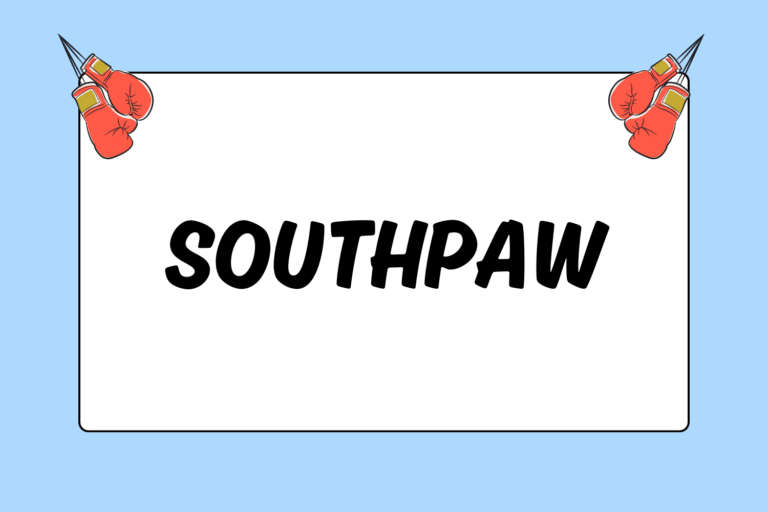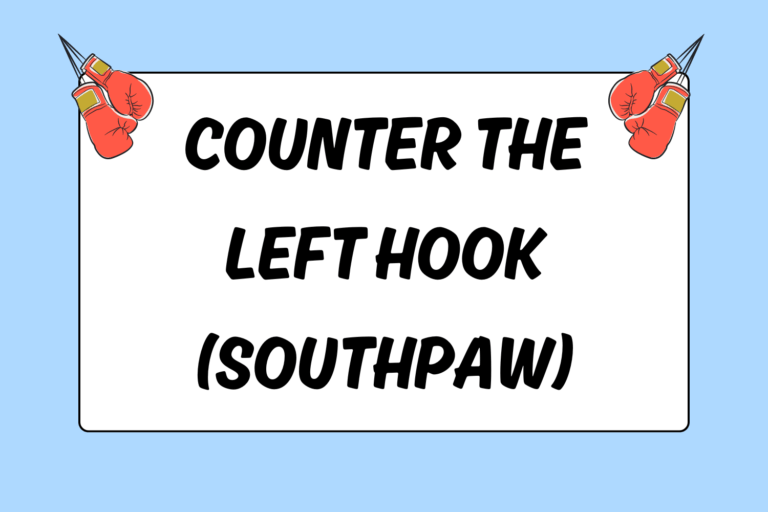The jab is used almost always on the outside to begin boxing combinations, and the uppercut can be included in these long-range combos. Uppercuts are most dangerous, however, when you’re in close to your opponent. This guide reviews defensive techniques to guard against an opponent’s powerful uppercut. In addition, it describes how to exploit the openings on your opponent after he throws his uppercuts. These tips are geared toward left-handed boxers, known as southpaws.
Counterpunching Rationale
You expose some part of your upper body or head every time you throw a punch. For example, the entire left side of your body is exposed when you throw a jab, even if just momentarily. Likewise, a straight right exposes the right side of your body. Always try to minimize the time you’re exposed each time you punch, and, in return, exploit your opponents’ openings each time he punches.
Countering involves defending an incoming punch and quickly responding to exploit your opponent’s momentary vulnerabilities. The remainder of this guide focuses on defending uppercuts as a southpaw boxer fighting an orthodox opponent. It also reviews basic countering techniques that you can implement immediately after defending.
Uppercut with His Jab Hand
Some of the best combinations between opposite-handed fighters include an uppercut with the jab hand. The uppercut can set up another punch or it can be disguised by the series of punches preceding it. In any case, you need to know how to defend against and counter your opponent’s left uppercut as a southpaw.
Defending with Your Right
If you want to play it safe, then block his left uppercut with your right hand. This technique is similar to catching the punch, but you’re actually blending a catch with a parry. Follow these steps to defend the left uppercut with your right hand:
- Keep your elbow and forearm tight to your body.
- Open the palm of your right glove toward the ground.
- Catch the uppercut by tapping it inward.
This defensive sequence often includes a small step with your lead foot. This step ensures outside positioning and places you in a prime position to land a straight left or right hook to the body or head. After you defend, bring your right hand back to your head to prevent his left hook from landing. And, as always, be cautious of his straight right.
Defending with Your Left Hand
You can block the left uppercut with your left glove, but be wary of his straight right hand that may follow. If you choose to block with your left hand, proceed by using the following steps:
- Keep your left elbow and forearm tight to your body.
- Open the palm of your left glove toward the ground.
- Catch the uppercut by tapping it down and to the right.
- Pull your left hand back to your head as quickly as possible.
This defensive sequence is often difficult to use since his left hand is relatively close to your head. Also, you might have to turn your left hip slightly forward when making this block. Counter with a right uppercut or right hook.
After you bring your left hand back to your head, prepare to defend against his straight right or left hook.
Uppercut with his Power Hand
The hand you throw a cross punch with is often referred to as your power hand. A southpaw’s left hand is his power hand, and an orthodox fighter’s right hand is his power hand. This is not to say that the opposite hand is weak — it simply refers to the fact that the rear hand is usually the dominant hand for most boxers.
Successful boxers use their power hand to throw commanding crosses and uppercuts. The remainder of this guide focuses on defending against the right uppercut.
Hot Tip: Slip It
Blocking is the easiest way to defend against your opponent’s uppercuts. When possible, though, use your slipping techniques and slip right to avoid his left uppercut. Be careful not to slip directly into the punch; rather, finish to the side of his body. Outside positioning helps you land hooks to the outside of his body with ease. In addition, pivoting becomes possible, and makes him vulnerable for more punches while taking you out of harm’s way.
Blocking with Your Left Glove
Using your left hand is the safest way to defend against your opponents’ right uppercut. This block parallels the steps described above when blocking his left uppercut with your left hand.
A right uppercut or right hook is the quickest way to counter off of this block. It’s likely that your opponent will follow his right uppercut with a left hook, though, so beat him to the punch. When possible, follow your right uppercut or right hook with a straight left.
Blocking with Your Right Glove
Another option, albeit a more dangerous one, is to catch his right uppercut with your right hand. This block resembles the sequence described above when you block his left uppercut with your right hand. Differences do exist though:
- Turn your right hip slightly inward as you tap his right uppercut.
- Quickly return your right hand to your head since his left hand is free.
Don’t worry too much about stepping forward while blocking this punch. As you rotate your hip inward, you position yourself to respond with a left cross.
In & Out
Boxers need to move skillfully to be successful. Some boxers employ tricky head movements to avoid punches. Other boxers prefer to use their feet to move in and out of range. Use your footwork to move in and out and side to side. Bounce outside to avoid the uppercut, and then respond by bouncing back in with straight punches. Adroit footwork creates additional opportunities.





